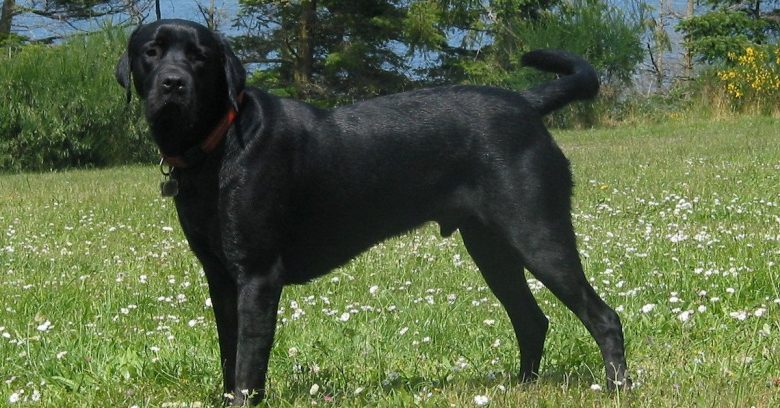The Mastador dog is not hypoallergenic and will shed moderately.
Table of Contents
What does Hypoallergenic Mean?
Do Mastadors shed?
The Mastador doesn’t
have extensive grooming needs; their coats are generally short and stiff,
making them proficient at shedding dirt
and water, so in ideal conditions, they
should only need bathing a few times a year. This dog, being very athletic and a lover of water, may have a yeast or bacterial buildup within the ear if not checked; twice weekly cleaning and drying of the ear at minimum is recommended and even more often if your Mastador is a daily swimmer. Due to his very active nature, observing his gait and looking at the condition of the footpads should be included in the grooming routine. Weekly brushing will help to distribute the dog’s
natural healthy oils throughout the coat as well as remove loose fur.
Are Mastadors good apartment dogs?
As long as these dogs know their families are safe, they will be calm and relaxed. Your Mastador will happily watch over your small baby as you attend to your daily household chores. He will also be happy to join you on your regular runs or exercises. So if you need a dedicated workout buddy, this is the right dog for you.
Do Labradors Cause Allergies?
How to prevent allergies
Groom your Mastador
6. Labrador Retriever + English Mastiff = Mastador. The Mastador is a giant mixed breed being a cross between the Labrador retriever and the mastiff. The Mastador is a loving, sweet and excellent family dog, but you will need to have room for her. The coat of the Mastador requires very minimal grooming.
Cleaning
Skin infections are also rampant if the Mastador’s coat is not regularly cleaned.
Designate Dog-Free Zones
Coat
The Mastador is a hybrid animal, a cross between the
Labrador Retriever, a gun dog that specializes in retrieving waterfowl, and the
English Mastiff, an daunting giant of a canine who is surprisingly good-natured. Mastiff-type dogs were even recorded as marching alongside the armies of
Hannibal when they crossed the Alps and have been depicted in ancient stone and
artwork thousands of years old in Mesopotamia and in Asia. As consummate guard
dogs and excellent hunting companions, they quickly became valued for their
steadfast natures as well as their easy-going temperament by both the peasants
and the wealthier landholders throughout England. World Wars I and II had a
catastrophic impact on Europe’s canine population, and the largest dogs such as
the English Mastiff were the hardest hit. Their size put them in double
jeopardy, making them both difficult to feed during times of rationing, and
attractive as military dogs, employed to pull munitions carts out to the front
lines, a dangerous and sometimes deadly job. Once both of the wars had finally
ended the English Mastiff breed had become nearly extinct, at one point reduced
to just fifteen dogs known worldwide that were suitable for contribution to the gene pool. Mastiff puppies
were imported to England from both the United States and Canada to help revive
the breed, and they resurged in popularity, capturing the spot of the 28th most
popular breed according to the AKC. The Labrador Retriever also has a long and
somewhat uncertain history, portions of which we can only guess at. Experts are
generally in agreement that the St. John’s dog, a water dog that became extinct
as recently as the 1980’s, was the foundation breed that was used for the
Labrador Retriever breed, but not much is known about how the St. John’s dog
came to be. The St. John’s dog worked alongside fishermen that worked the
coasts of Newfoundland and with its short, oily coat was as at home swimming in
the water as it was running on land. The St. John’s dogs, like the Labradors,
were retrieving dogs, although they specialized in retrieving fish, nets, and
ropes from the water, rather than collecting the waterfowl that the Labrador
was bred for. In the 1800’s James Harris and Walter Scott were fortunate enough
to meet while out shooting. Both men had
been breeding specific St. Johns dogs for their suitability as gun dogs and
when Mr. Harris gifted of two of his male retrievers to Mr. Scott, Mr. Scott
bred them to his own dogs, giving rise to today’s modern Labradors.

